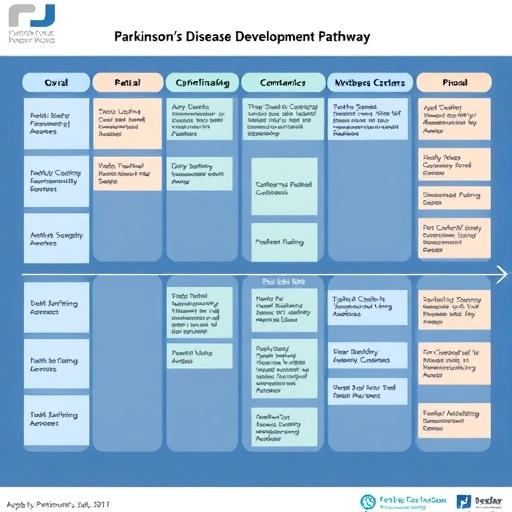COLUMBIA, Mo. — When assessing the skills and competencies or “human capital” of long-term care registered nurses in the United States, studies often focus solely on years of experience and traditional educational backgrounds. However, a new study conducted by a nurse scientist now at University of Missouri found that by incorporating additional criteria, such as ability to speak multiple languages, additional certificates or trainings and licenses to practice in multiple states, immigrant nurses often represent far more human capital than their American-born counterparts.

Credit: University of Missouri
COLUMBIA, Mo. — When assessing the skills and competencies or “human capital” of long-term care registered nurses in the United States, studies often focus solely on years of experience and traditional educational backgrounds. However, a new study conducted by a nurse scientist now at University of Missouri found that by incorporating additional criteria, such as ability to speak multiple languages, additional certificates or trainings and licenses to practice in multiple states, immigrant nurses often represent far more human capital than their American-born counterparts.
Roy Thompson, a postdoctoral fellow in the MU Sinclair School of Nursing who immigrated from Jamaica to earn a doctoral degree in nursing at Duke University, analyzed demographic data of more than 1,800 nurses working in nursing homes or long-term care rehabilitation centers in the U.S. Incorporating his additional criteria, Thompson and his research team compared the human capital of immigrant nurses to American-born nurses and found that immigrant nurses were far more likely to speak multiple languages, have additional certificates, years of experience, and had licenses to practice in more states than American-born nurses.
“By incorporating the additional criteria, we get a much better model for comparison, and I wanted to show that immigrant nurses often have a wealth of transferrable skills, are more mobile and adaptable given their experiences practicing in different long-term care settings,” Thompson said. “Immigrant nurses are crucial for diversifying the nursing workforce, as they bring a different cultural lens, a different racial lens, and a different linguistic lens.”
Thompson said most immigrant nurses belonging to racial and ethnic minority groups migrate to the U.S. from the Philippines, Sub-Saharan Africa, and the English Caribbean. While they might have a significant amount of human capital, they are often hired for underpaid, entry-level positions and forced to work their way up after arriving in the U.S.
“Previous research shows immigrant nurses experience discrimination, racism, exploitation, inequitable pay, and unfavorable treatment at work. I wanted to study the impact immigrant nurses have on long-term care,” Thompson said. “For example, there was some evidence that immigrant nurses were more likely to be assigned to COVID-19 units in long-term care during the pandemic. In fact, about 30% of nurses who died from COVID-19 were from the Philippines. While most nursing research focuses on hospitals, clinical research, patient populations and patient health outcomes, nursing homes and long-term care facilities tend to be an understudied, yet overregulated sector. I wanted to look deeper into the nursing home workforce itself.”
The long-term goal of Thompson’s research is to eventually improve immigration policies that currently typically restrict nurse migration to the US.
“Immigrant nurses are highly qualified, highly skilled and come to the U.S. with knowledge that the nursing workforce needs to improve health outcomes,” Thompson said. “For example, previous studies have shown that in nursing homes with higher proportions of immigrant nurses tend to improve health outcomes such as decreased rates of pain, use of physical restraints and falls.”
While Thompson became the first Black male to ever earn a doctoral degree in nursing from Duke University, he hopes to see more highly skilled immigrant nurses working in nursing homes going forward.
“As the median age of Americans continues to rise, we are starting to see more diverse patient populations receiving care in nursing homes,” Thomson said. “So ideally, we would want a more diverse workforce to better reflect the patients they are serving.”
“Examining Human Capital Among Foreign and United States Educated Nurses in Long-Term Care” was published in the Journal of Nursing Regulation.
Note: The study was conducted while Thompson was a doctoral student at Duke University.
Journal
Journal of Nursing Regulation
DOI
10.1016/S2155-8256(23)00088-1
Method of Research
Data/statistical analysis
Subject of Research
People
Article Title
Examining Human Capital Among Foreign- and U.S.-Educated Nurses in Long-term Care
Article Publication Date
1-Jul-2023




